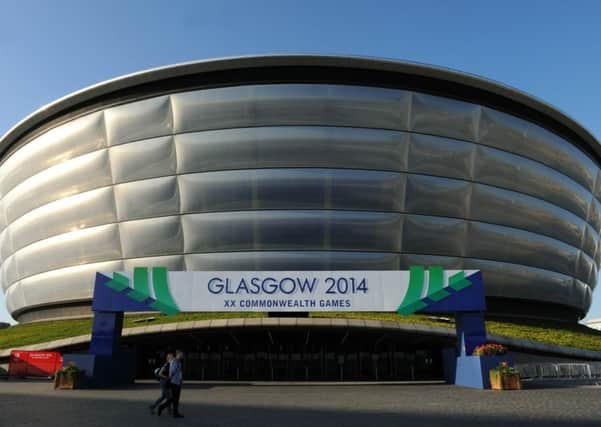Brian Ferguson: Investment key to cultural growth


There is no shame in anyone admitting it is likely to be a long time before the country basks in the limelight it enjoyed in 2014.
In Glasgow – the focus of global attention before, during and after the Commonwealth Games – many locals still seem to walk with an added swagger.
Advertisement
Hide AdAdvertisement
Hide AdThis was evident in and around the Crowne Plaza hotel, which hosted the tourism summit as well as the annual “industry Oscars” ceremony.
One striking new landmark has propelled Glasgow into a different league for hosting major events and concerts. The SSE Hydro, one of several brand new Commonwealth Games venues, has become the second busiest indoor arena in the world within 18 months.
While the “Hydro effect” has only really begun to kick in, it is worth considering the Clyde waterfront regeneration began in earnest more than 30 years ago when the SECC was built, three years before the Glasgow Garden Festival was staged in the area and five years before the city’s landmark reign as a European culture capital.
Culturally, the city has certainly never looked back, and the Hydro is now a symbol of not only that Glasgow swagger, but the city’s confidence.
Deputy first minister John Swinney shone the spotlight on two other parts of the country where long-term visions have come to fruition.
Two decades ago, the idea that the image of Falkirk could be transformed by a giant rotating wheel and two huge horse heads would have been laughable.
But that is what happened with the Falkirk Wheel, which linked up historic canal networks snaking through central Scotland, and The Kelpies, Andy Scott’s sculptures which stand proudly over the vast new Helix park.
Mr Swinney also pointed north to Dundee, where the following day Japanese architect Kengo Kuma oversaw the start of work on the city’s striking new V&A museum – a project the deputy first minister predicted will totally transform the city’s image within the next five years.
Advertisement
Hide AdAdvertisement
Hide AdWhile it is obvious to all that the Scottish Government is not going to be awash with money in the next few years, Mr Swinney also threw down the gauntlet to other parts of Scotland, by making it clear proposals for other similar “strategic developments” would be welcomed.
That is a scenario that should spark the imagination of visionary council officials, enterprise bodies, developers, artists and architects the length and breadth of the country.
FOLLOW US
SCOTSMAN TABLET AND MOBILE APPS